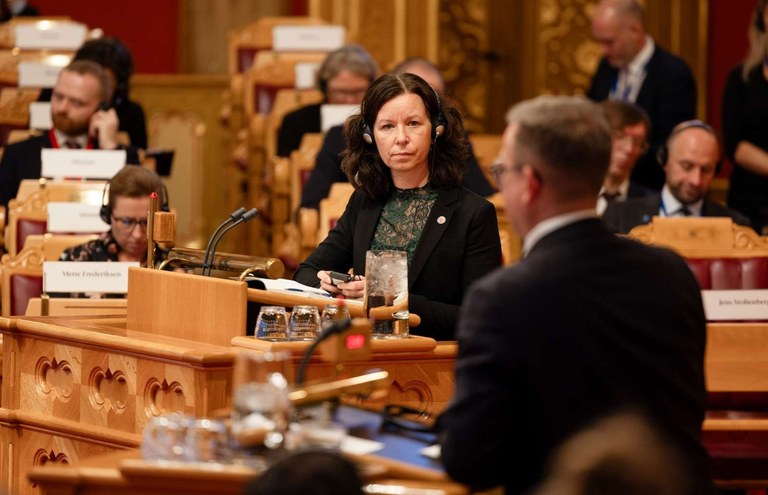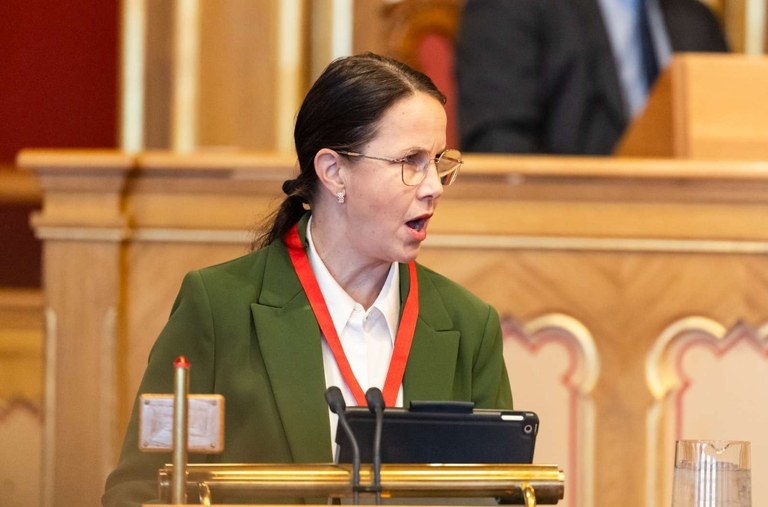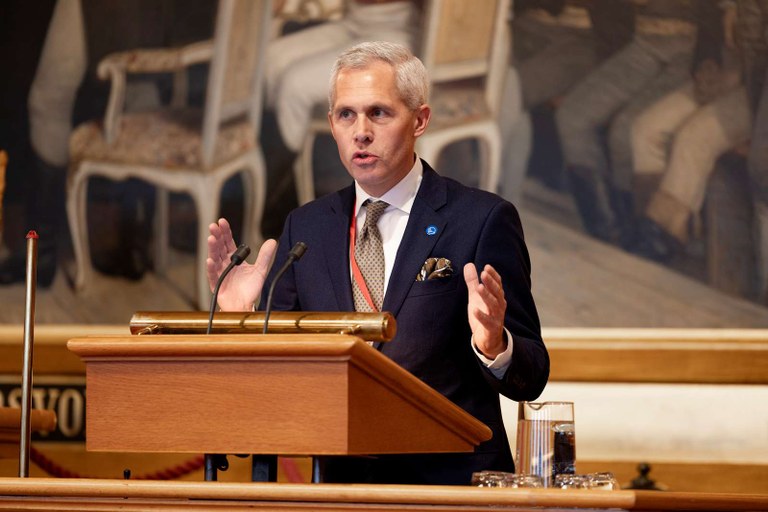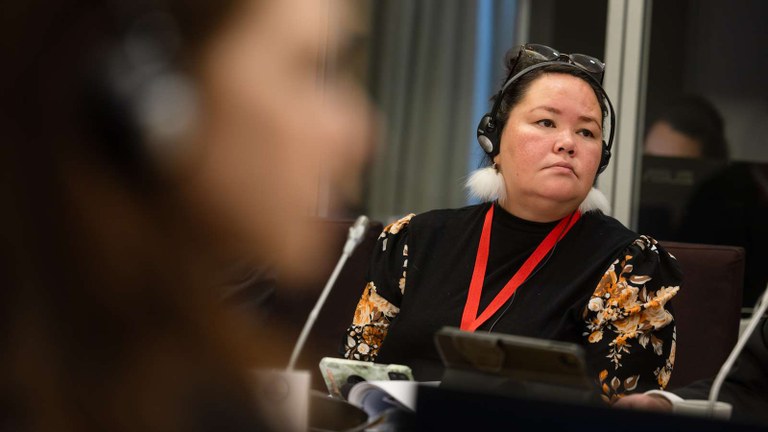The Nordic Council worries about lack of experts in the labour market
The Nordic Council believes now is the time to fight for Nordic youths’ future. Their exclusion from education and the labour market, alongside a lack of specialists, worries politicians. The Nordic Council is also taking steps to address the increase in cruise ship tourism.
It was time to listen to young voices as politicians on the Nordic Council discussed how to solve one of the largest common challenges of our time; the many young people who remain outside of education and the labour market in the Nordic region.
“Education equals opportunities. Education is independence. Education is freedom. Because education is the foundation we build our lives and happiness on,” said Anne Jensdatter, a representative from the Nordic Youth Council.
“I believe it is the welfare state’s greatest failure when one in six children in Denmark leaves basic education without knowing how to read or write, when youth unemployment in Sweden stands at 23 per cent and when one in ten young people in Norway do not have any links to the labour market or education.
“These numbers do not fit with how we see ourselves as a Nordic region. We thump our chest on the international stage, boasting we are the world’s best societies, the world’s most equal societies and the world’s best free societies. But can societies really be free if so many have no future?”
And the politicians on the Nordic Council listened to the young representative.
“Be good to your children, because they are the ones who will choose your nursing home,” said Erling Eidesgaard (Nordic Green Left Alliance) with a smile.
Many are not doing so well
The Nordic Council is now launching several programmes focusing on children, youths, and exclusion from education and work.

Eva Lindh poses a question during the session in the Norwegian parliament. Photo: Stine Østby/Norden.org
Children and young people’s mental health was also on the agenda. Eva Lindh (the Social Democratic Group) expressed her concern over the fact that far too many young people struggle with angst, depression, stress and suicidal thoughts.
“During the pandemic, mental health issues became worse, especially among children and young people who were already in a precarious situation. Ill health inequalities are still increasing. We must focus on reducing health inequalities in our societies,” said Eva Lindh.
A serious lack of professionals
While too many young people are outside the labour market, the shortage of skilled workers in the Nordic region is significant. The Nordic Council argues more must be done to make it attractive for young people to take vocational education.
The Nordic Council is asking the Nordic Council of Ministers to set up a special commission on vocational training. Veronika Honkasalo (the Nordic Green Left Alliance) underlined the seriousness of the situation by pointing to analyses showing that Nordic countries will be short of several hundred thousand specialist workers in 10 to 15 years.
“If we fail to turn this trend, our societies are facing serious consequences. The lack of specialist labour will make it difficult to carry out the green transition and develop new technology,” said Veronika Honkasalo from Sweden.

Veronika Honkasalo. Photo: Magnus Frödeberg/Norden.org
There was also a call to better facilitate education and work across national borders and to harmonise education programmes so that they can be used in all of the Nordic countries.
Different rules become border obstacles
The Conservative Group proposed that the Nordic Council ask the Nordic Council of Ministers to work toward a common Nordic construction code and common requirements to reduce costs and contribute to increased competition.
“Different rules represent a border obstacle to the free flow of labour across national borders, and a hindrance to using labour across the Nordic countries,” said Norwegian Anne Kristine Linnestad (the Conservative Group).
“This is an issue that is relevant to everyday life, not least for us who live and work near the borders,” said Swedish Kjell-Arne Ottosson (the Centre Group). He believed this should be fairly easy.
“There is a difference between the climate in South Jutland and the northern parts of Finnmark, so there are differences in how you should build and insulate. But there really are differences between the far south of Norway and Finnmark in the north too, so if this works internally in Norway, it works for the entire Nordic region,” said Ottosson.

Kjell-Arne Ottosson. Foto: Stine Østby/Norden.org
Cutting cruise ship tourism
The Nordic region has had a summer of high activity along the coastline. Cruise ship tourism is on the increase, not least in Greenland and Iceland. Cruise ship tourism to the Arctic is expected to rise too.
“Cruise tourism gets a lot of criticism, but for large parts of the Nordic region, it is the only possible type of tourism there is. Our nature and our outdoors experiences are pretty unique and tourists want to experience this and are happy to pay. At the same time, we must take into account that our nature is fragile. If we want our nature to remain attractive for tourists, we must look after it well,” said Doris Jensen from Greenland (the Social Democratic Group).

Doris Jensen. Foto: Magnus Fröderberg/Norden.org.
The Nordic Council wants to see sustainable and emission-free cruise ship tourism. The Council also believes there is a need for stricter regulations for cruise tourism in the Arctic.
The Nordic Council is asking the Nordic governments to map the consequences for security and preparedness, with a particular focus on the Arctic.
“Cruise tourism is one of the most polluting travel industries, with high CO2 emissions. There is also a debate about how much cruise tourism actually contributes economically in the areas where it operates. Cruise tourism is growing and it has to be a goal to make it emission-free,” said Norwegian Ola Elvestuen (the Centre Group).
- Group picture
-
of the Nordic Youth Council, taken in Vanderhallen (the lobby) in the Norwegian parliament. Anne Jensdatter in the middle dressed in black. Photo: Magnus Frödeberg/Norden.org
 Follow us on Facebook
Follow us on Facebook
